Minor change Foveon Camera SD10
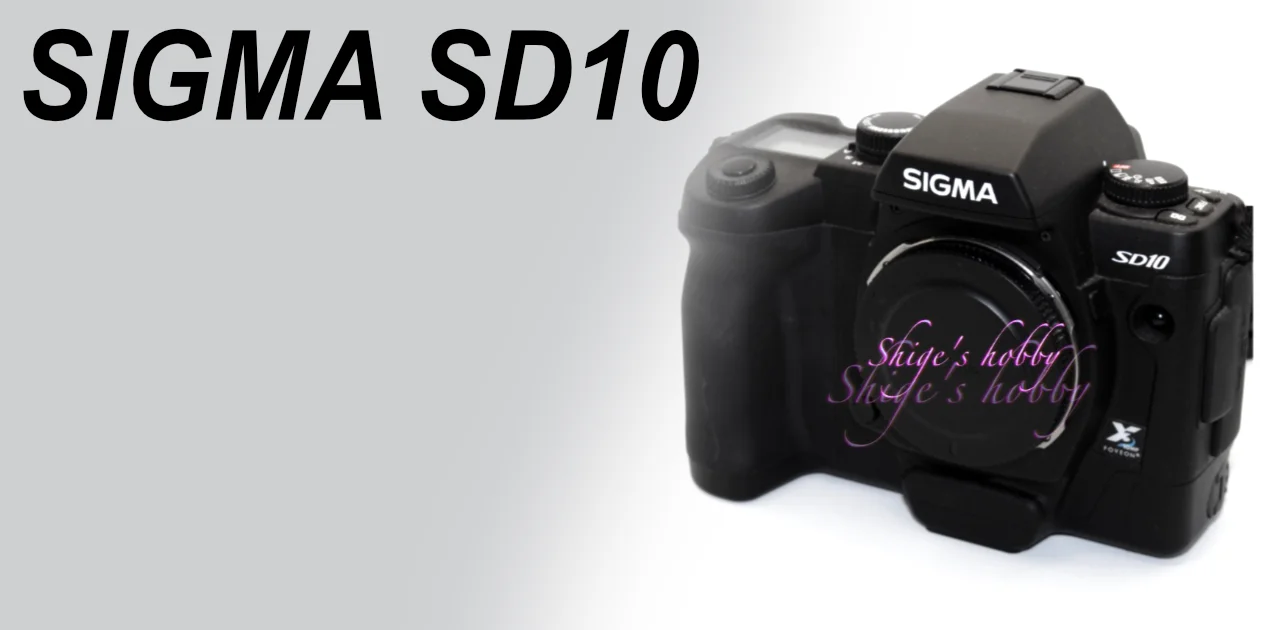
A review and photo example of the SIGMA SD10 digital cameras.
Table of contents
Gallery
Review
1.Overview
The SD10 is a digital single-lens reflex camera made by Sigma released in 2003.
Sigma’s single-lens reflex cameras ended with the SA-7/SA-9/SA-7n in the fileless era, the SD9/SD10, SD14/SD15, and SD1 as digital cameras. The SD Quattro/SD Quattro H is a mirrorless camera and is the last model equipped with a Foveon sensor as of 2023. The SIGMA fp/fpL is equipped with a Bayer sensor, which is common in mirrorless cameras.
The SD10 is equipped with a first-generation Foveon sensor that is almost the same as the SD9.
The Foveon sensor is the world’s first digital single-lens reflex camera equipped with a three-layer sensor from Foveon (later acquired by Sigma and became a subsidiary), which no other camera manufacturer other than Sigma had touched.
3 million pixels x 3 means that the actual pixels are 3 million, but it is possible to output higher pixels by compositing with SIGMA PhotoPro.
The viewfinder seems to be a repurposed one from the SA-7 film camera, and is equipped with a 35mm full-frame viewfinder with the edges masked, known as a sports viewfinder.
The recording medium is a compact flash.
Sigma offers genuine rechargeable CR-V3s, which can be used to avoid disposable CR-V3s, but these pure batteries and chargers were released towards the end of the SD10’s product lifespan and are rarely seen. Several companies have released CR-V3-compatible rechargeable batteries, but all of them have a higher voltage than the SD9/SD10 requires, so there is a risk of damaging the camera if used. When I obtained several rechargeable CR-V3-compatible batteries and measured them with a tester, the voltage varied greatly depending on the battery, with some exceeding the specified voltage and others not meeting it, making me uneasy about using them with the camera all the time.
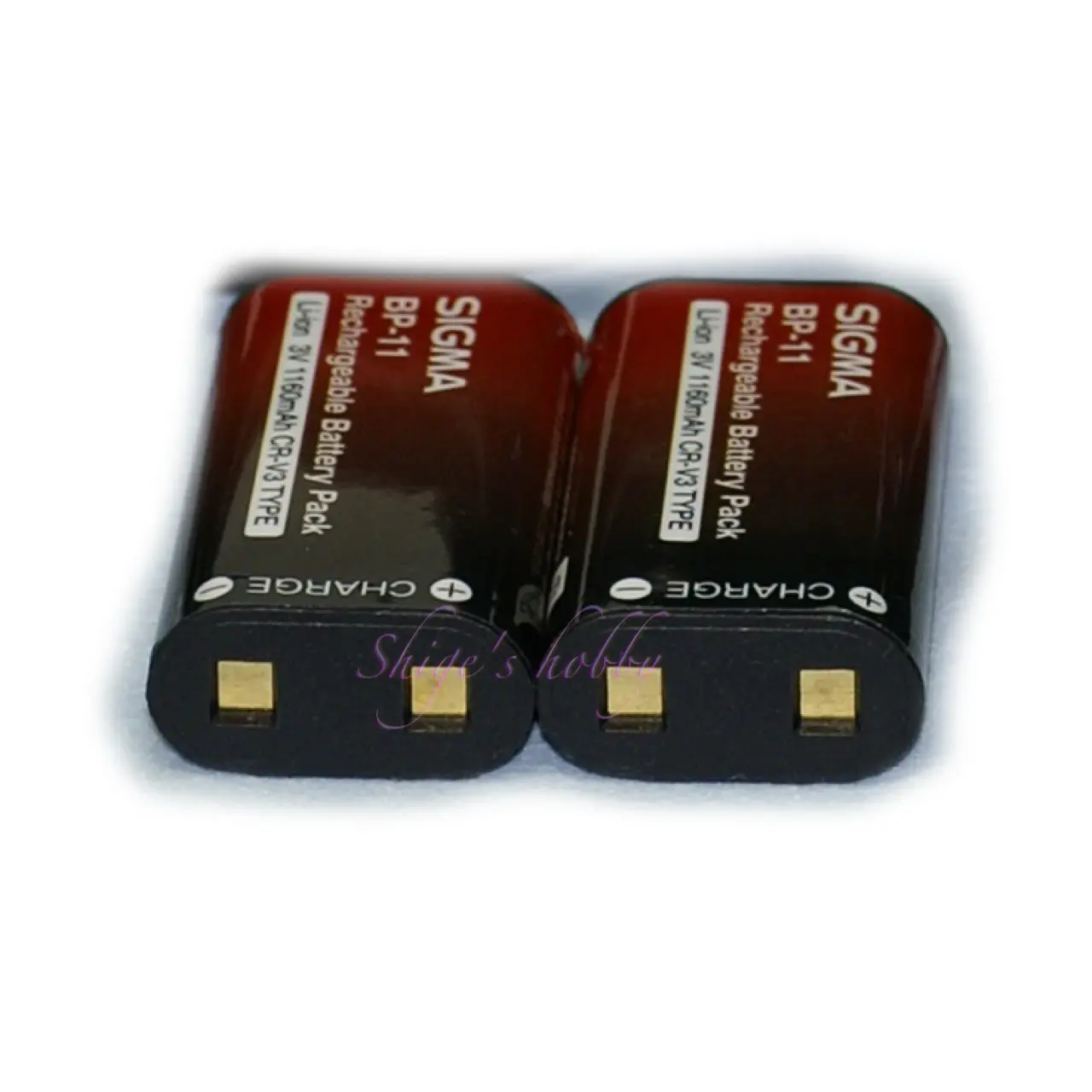
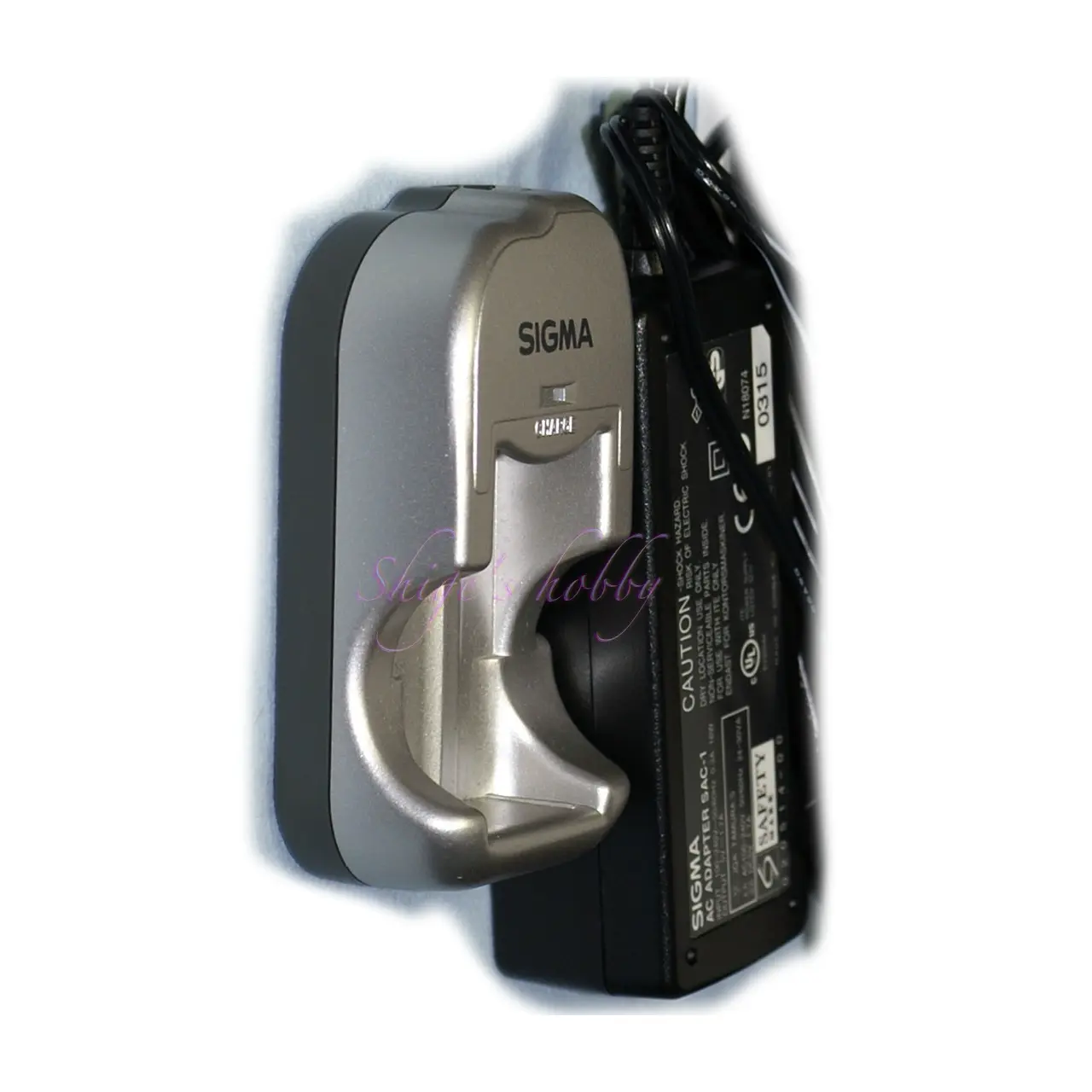
2.Usability
The unique depiction of the SIGMA SD10’s three-layer sensor gave birth to SIGMA mania, and even the SD9/SD10 still has good image quality. Especially in landscapes and bird photos with clear boundaries that require color separation, the unblurred images were in a different league to those of 6-megapixel images equipped with low-pass filters at the time.
Like the SD9, the SD10 required patience to shoot, and it was common to miss the timing of a split second. Since it could only shoot with X3F, SIGMA Photo Pro, which was used to develop the photos after shooting, was a software that required patience and processing.
After that, I no longer minded using cameras that were a little slow, thanks to this camera.
The viewfinder was a sports viewfinder with the edges masked for 35mm full frame, which was reused from a film camera, and it was not well received by SLR fans who wanted to capture what they saw, but it was quite useful to be able to see what was not in the picture when shooting moving subjects.
When this camera was released, the Compact Flash used for image recording had a large capacity of 64MB.
When the 4GB Micro Drive was released, I couldn’t resist the attractive capacity even though it was expensive.
However, it consumes more power than the Compact Flash (average 66mW at 3.3V, average 110mW at 5V, source: Buffalo Compact Flash introduction page) (power supply is 3.3V/5V, power consumption is 221mW at 3.3V, 360mW at 5V (both at low power idle), source: Web-ASCII 2003 article), so it was a bit difficult to use with the SD9 / SD10, which has an unstable power supply.
Due to the power consumption of the Micro Drive, the camera sometimes froze when writing and the operation became unstable. This was also influenced by the fact that nickel-metal hydride batteries were used for the camera at the time from the viewpoint of cost. It might have been stable if it had been a CR-V3.
Currently, I use Energizer batteries, which are distributed by Koizen Seiki Co., Ltd. These cost 1,000 yen for four (price changed to about 2,500 yen as of 2023). The voltage is stable and there is little natural discharge, so they are very useful for the SD10, which I use very occasionally. As of 2023, I use Panasonic lithium batteries, which have similar performance. I am also not sure how long these will be available.
I got the SD10 on the day it was released through a camera shop in Osaka, where I had purchased Sigma SA lenses. Since it was a store in Osaka that had a bargaining culture, I remember bargaining down to the last minute. Looking back, I’m sure I made a profit, but I also feel a little sorry.
The Sigma SA mount has a different flange back, but the shape is compatible with the Pentax-K mount, and I was able to use M42 mount lenses via the PENTAX K-M42 adapter. The flange back is 1.5 mm different between the SA mount = 44 mm and the K mount = 45.5 mm, but many old M42 mount lenses were over-inflated, so there were few practical problems with focusing.
Also, Penta-K mount lenses could be attached and used with the SD9/SD10 as long as there were no interfering objects such as aperture levers.
Shortly after the release of the SD9, a hobbyist released an SA-M42 mount adapter, which made it possible to use M42 lenses with the correct flange back.
Some people also released an SA-Nikon F mount adapter.
There was also a plan to convert this camera’s SA mount to a Canon EF mount, and I invested a small amount, but the plan fell through and I got my investment back. Those were idyllic times that are hard to imagine now.
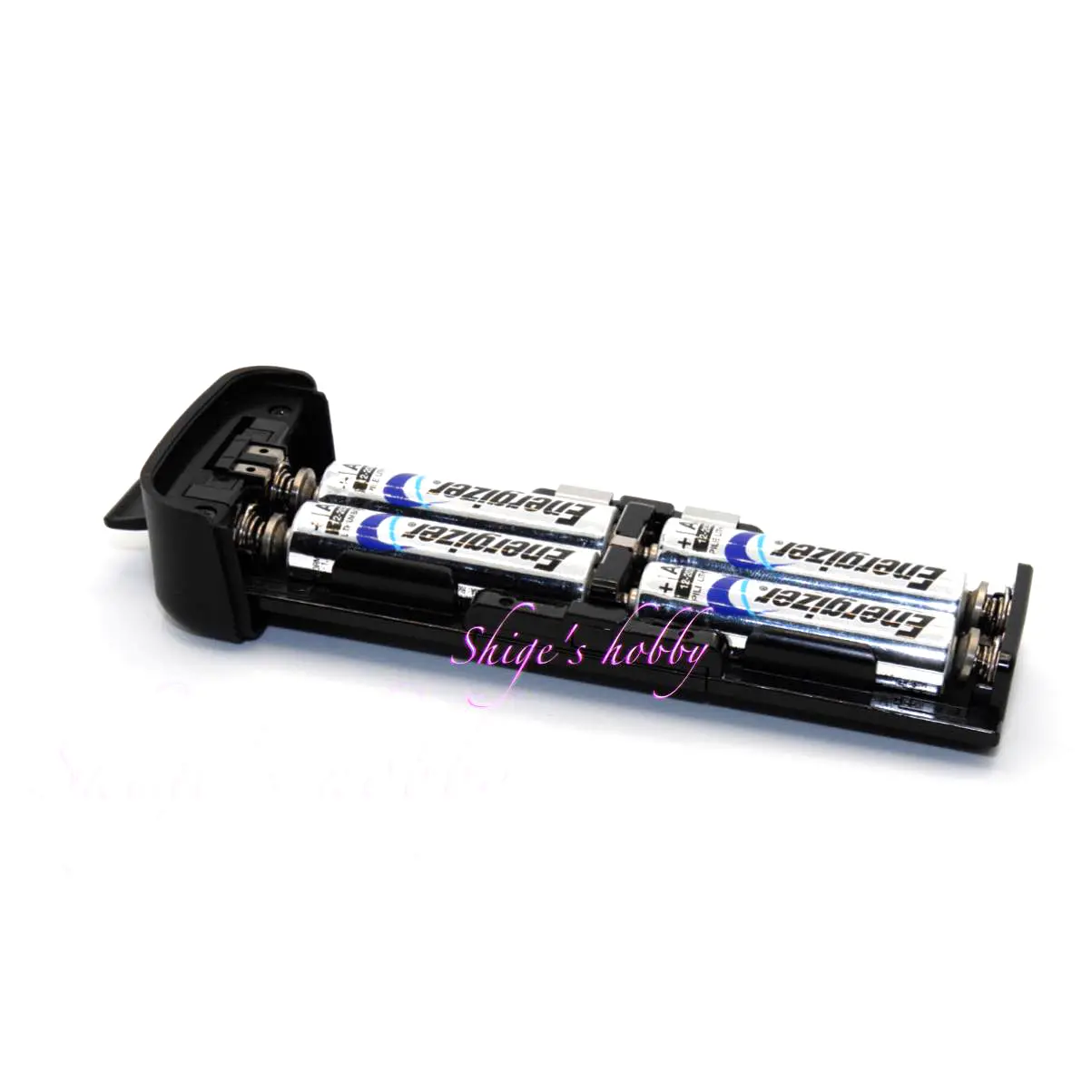
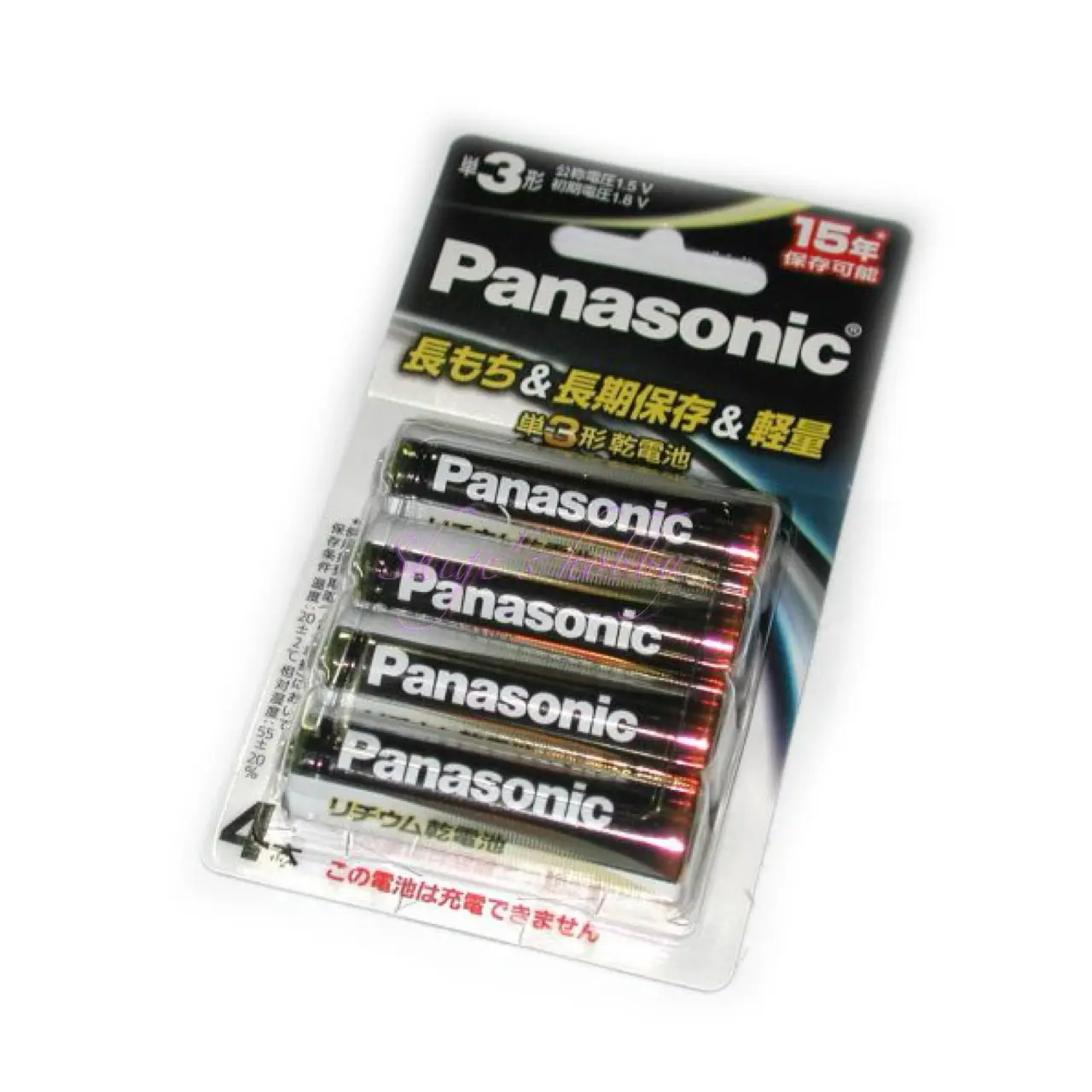
3.Summary
In conclusion, to sum up the SIGMA SD10, it is a camera with minor changes from the SD9, with some improvements to the power supply.
The original FOVEON had high resolution, and when used with a lens with good color separation, it could produce stunning images even in 2025. However, since it is based on 3 megapixels, it is difficult to print at a size larger than A4, and its use is limited to reduced size applications such as for the web.
Specification and Compare
| Items | SD9 | SD10 | SD14 | SD15 |
| Camera Effective Pixels | 10.29 million pixels (2,268 x 1,512 x 3 layers) | ← | 14.06 million pixels (2,652 x 1,768 x 3 layers) | ← |
| Camera mount | SIGMA-SA baynet mount | ← | ← | ← |
| Image sensor | FOVEON X3®(CMOS) 20.7×13.8mm | ← | ← | ← |
| Back LCD | 1.8-inch Low-temperature polysilicon TFT color LCD monitor 130,000 pixels | ← | 2.5-inch 150,000 pixels | 3-inch 460,000 pixels |
| View Finder | Pentaprism type single-lens reflex viewfinder | ← | ← | ← |
| Battery | Main 2 x 3V lithium batteries (CR-V3) 4 x AA Nickel-Metal Hydride Batteries 4 AA nickel batteries Sub 3V lithium battery (CR123A type 2 pcs.) | 2 x 3V lithium batteries (CR-V3) 4 x AA Nickel-Metal Hydride Batteries 4 AA nickel batteries | Lithium-ion battery (BP-21/BP-22) | ← |
| Record Media | Compact flash Micro drive | ← | Compact flash | SD-card(SDHC) |
| Size(mm) W x H x D | 152 × 120 × 79 | ← | 144 × 107 × 81 | ← |
| Weight(g) | 805g (Ext battery) | 785g (Ext battery) | 700g (Ext battery) | 680g (Ext battery) |
| Release date | Year 2002 | Year 2003 | Sep.2007 | Jun.2010 |
Options
- vertical grip
- Release Cable
- All Sigma SA mount lenses
Reference links
Update history
- 2024.02.19:Update
- 2023.02.07:First draft
Affiliate Link
- Some external links are advertisements and clicking them may generate income for the site administrator.

Leave a Reply